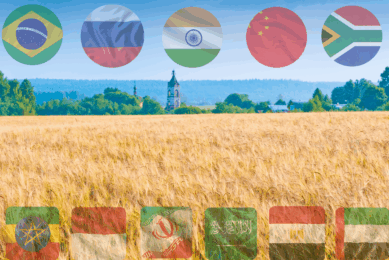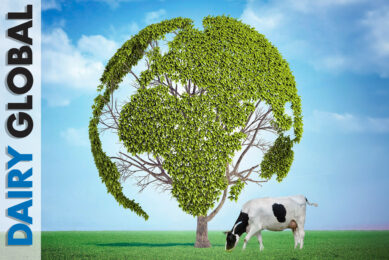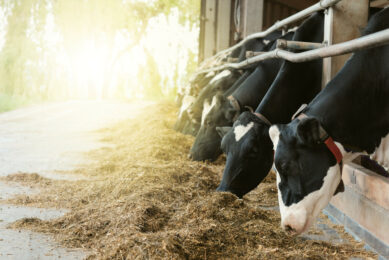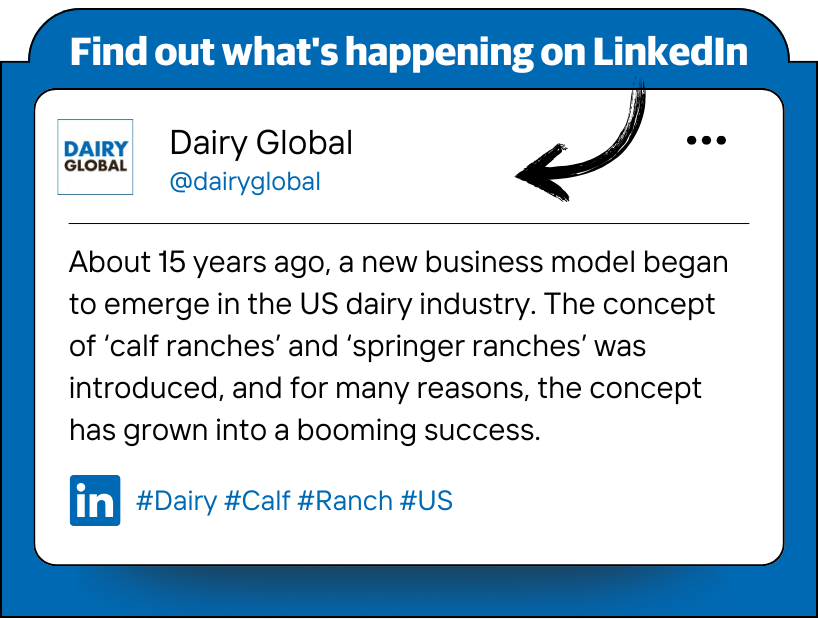Flaxseed and pea protein feed could boost milk production and reduce methane
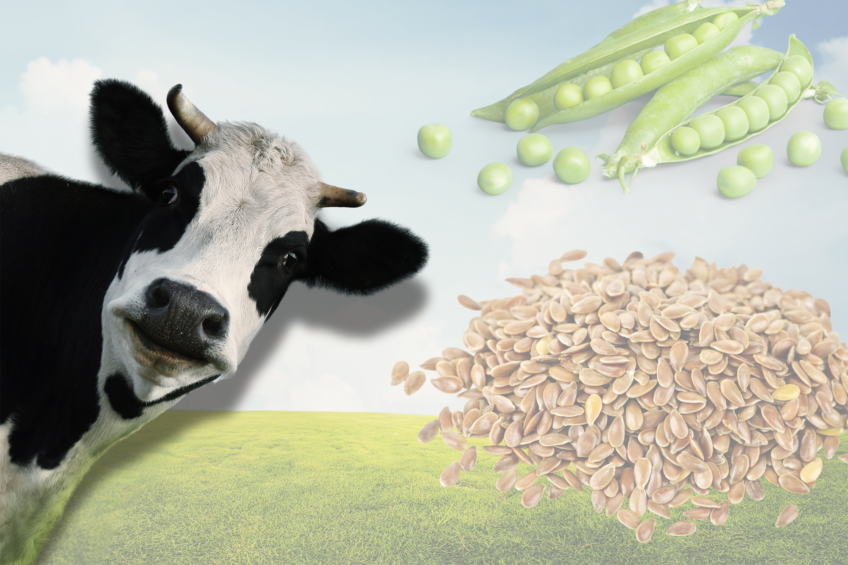
Researchers have been testing a novel type of cattle feed that could help reduce methane emissions.
The team from the University of Florida have looked at a potential dairy cattle supplementary feed made of flaxseed and pea protein to reduce methane. When cows’ stomachs make methane, they lose valuable energy that could otherwise be used to make milk or meat.
Boosting milk, cutting methane
So by feeding them in a way that reduces methane output, the researchers hoped to help the cow produce more milk while also chasing climate goals.
Lead researcher Antonio Faciola, a professor at the University of Florida’s Department of Animal Sciences, said: “It’s a win-win situation. Every time we reduce the methane, we keep that energy in the cow’s body.”
Testing digestion in the lab
James Vinyard, University of Alaska research assistant professor and University of Florida post-doctoral student, simulated dairy cattle’s digestion in the lab to see how much methane was produced and to examine possibilities of improving that fermentation by adding a supplemental feed.
It’s a win-win situation. Every time we reduce the methane, we keep that energy in the cow’s body.”
— Antonio Faciola, University of Florida
So, the researchers added the flaxseed and pea protein supplement to the dairy cattle’s rumen in a lab and measured how fermentation changed. The supplement, rich in omega-3 fatty acids and proteins, reduced methane production and improved overall digestion.
Faciola said the supplement had multiple potential benefits: “Not only could it reduce methane emissions but it might also increase energy availability for cows, potentially leading to increased milk production.”
Field testing
Future studies will include feeding the supplement to dairy cows to see if the lab results match what happens in the field.
The study was funded in part by O&T Farms Ltd, a Canadian farm that produces animal supplements. It has been published recently in the Journal of Dairy Science.
Join 13,000+ subscribers
Subscribe to our newsletter to stay updated about all the need-to-know content in the dairy sector, two times a week.




